Living in a tiny house seems like a dream come true for many, offering simplicity and a minimalist lifestyle.
However, the reality can be quite different.
Here are 10 surprising truths about tiny house living that people often overlook.
1. Limited Storage Space
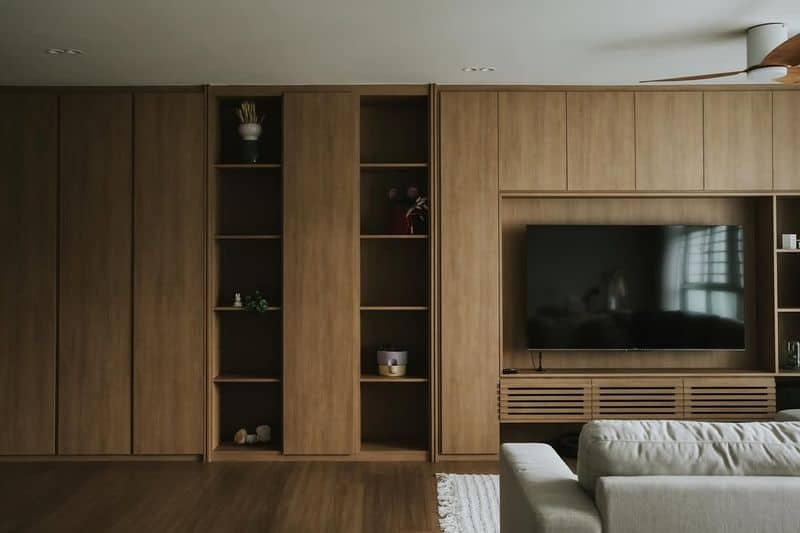
Tiny houses often come with very limited storage space. This means you must carefully choose what you own, as there simply isn’t room for clutter.
In the kitchen, you’ll need to find innovative ways to store your pots, pans, and utensils.
Clothing storage can be another challenge, necessitating a capsule wardrobe. Creative solutions like under-bed storage and wall-mounted shelves become essential.
But, even with these tricks, you might find yourself missing the luxury of extra closet space.
2. Privacy Concerns

Privacy can be a significant issue in tiny houses, especially for couples or families. With thin walls and open floor plans, finding a quiet space to yourself can be challenging.
If you’re sharing the space with others, personal time becomes a rare commodity. Even minor disagreements can feel amplified in such close quarters.
Living in a tiny house requires excellent communication skills and a keen ability to compromise, especially when it comes to personal space.
3. Limited Entertaining Space

Entertaining guests in a tiny house is no easy feat. The limited space means inviting more than a couple of friends might feel overwhelming.
The dining and living areas often merge into one, making it tricky to host dinner parties or gatherings. You may need to get creative with outdoor spaces if the weather permits.
Many tiny house dwellers find they need to host events at larger venues or simply limit the number of guests they invite over.
4. Zoning and Building Regulations

Navigating zoning and building regulations can be a real headache for tiny house owners. Many areas don’t have clear rules for these unique structures.
You’ll need to do plenty of research to ensure your tiny home complies with local laws. This might involve dealing with officials who aren’t familiar with tiny house living.
The process can be frustrating and time-consuming, but it’s essential to avoid fines or legal issues down the road.
5. Limited Resale Options

Reselling a tiny house can be more challenging than traditional homes. The market for such unique properties is smaller, and not everyone is interested in downsizing.
You might find it hard to attract buyers willing to embrace the tiny house lifestyle. Additionally, the niche appeal can lead to limited offers and longer selling times.
It’s crucial to market your tiny house creatively and highlight its unique features to attract potential buyers.
6. Maintenance Challenges
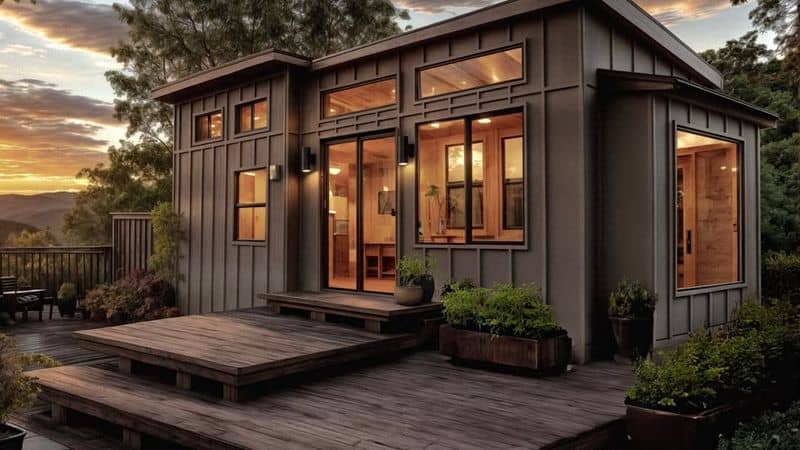
Maintenance in a tiny house can sometimes be more complicated than in larger homes. With less space, each component needs to be carefully maintained.
Plumbing and insulation are particular concerns, often requiring specialized knowledge. You may find yourself frequently troubleshooting small issues that arise.
Regular maintenance checks become essential to keep everything running smoothly. This might require learning new skills or hiring professionals familiar with tiny house systems.
7. Emotional Adjustment Period

Emotional adjustment to tiny house living can take time. The transition from a larger space to a tiny home involves adapting both mentally and emotionally.
You might initially feel confined or overwhelmed by the lack of personal space. However, many people find that they eventually appreciate the coziness and simplicity.
Family dynamics need to adapt, with communication and cooperation becoming key.
The lifestyle change can ultimately strengthen relationships, but it requires patience and time.
8. Limited Work-from-Home Space
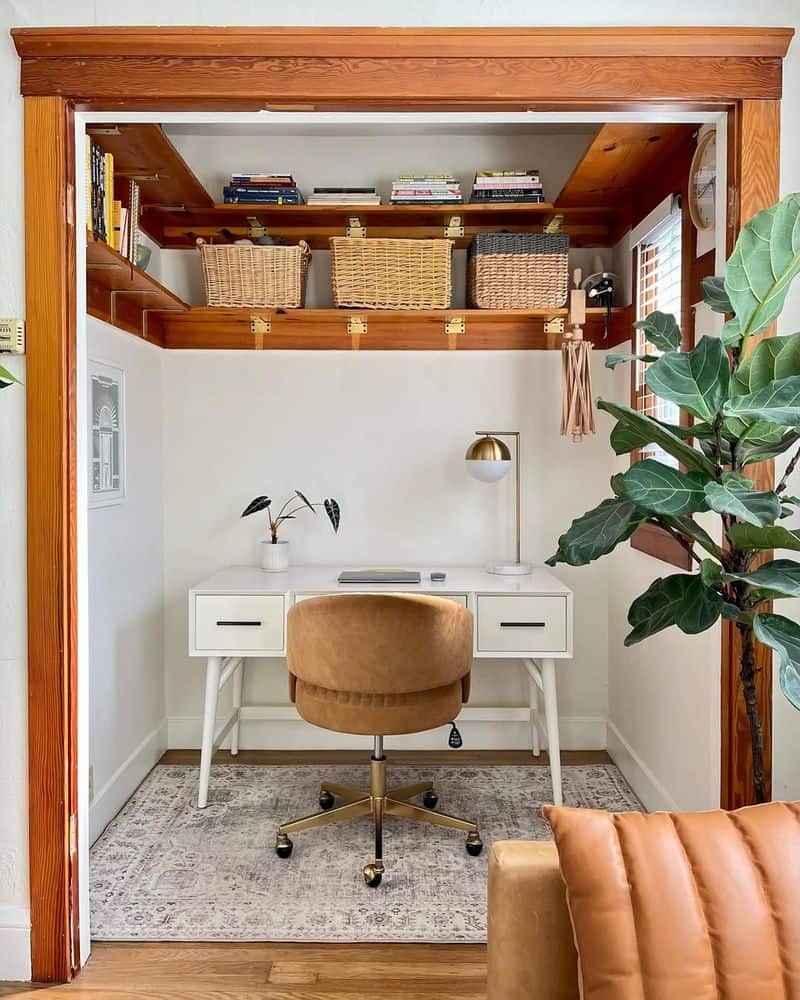
Working from home in a tiny house poses its own challenges. Finding a dedicated workspace can be tough when every square foot counts.
Distractions are magnified, and maintaining a work-life balance becomes complex. You might need to get creative with multifunctional furniture or temporary setups.
Despite the challenges, some manage to find productivity hacks that suit their tiny space. It’s all about adaptability and making the most of what you have.
9. Seasonal Weather Challenges
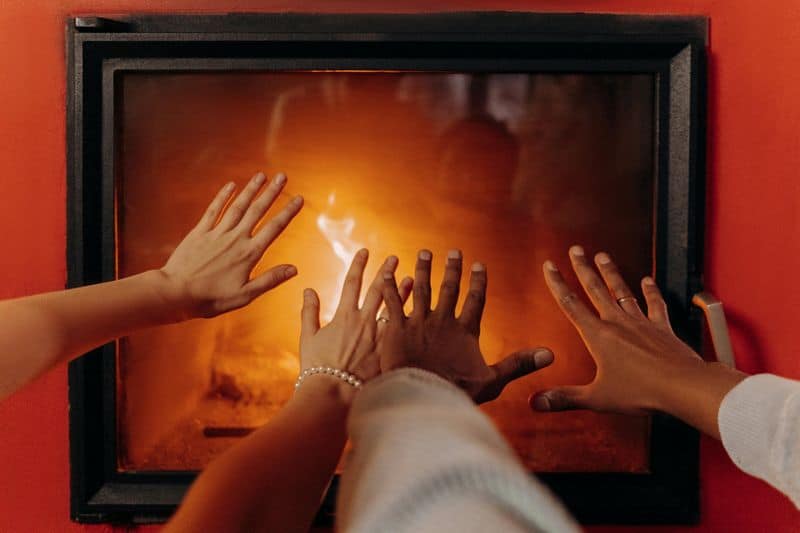
Weather can significantly impact tiny house living, especially if your home is mobile. Insulation and heating become critical concerns during extreme temperatures.
You might find it harder to keep the house warm in the winter or cool in the summer. This can lead to increased energy use and higher utility bills.
Careful planning and investing in proper insulation and temperature control systems are necessary to maintain comfort throughout the year.
10. Social Stigma
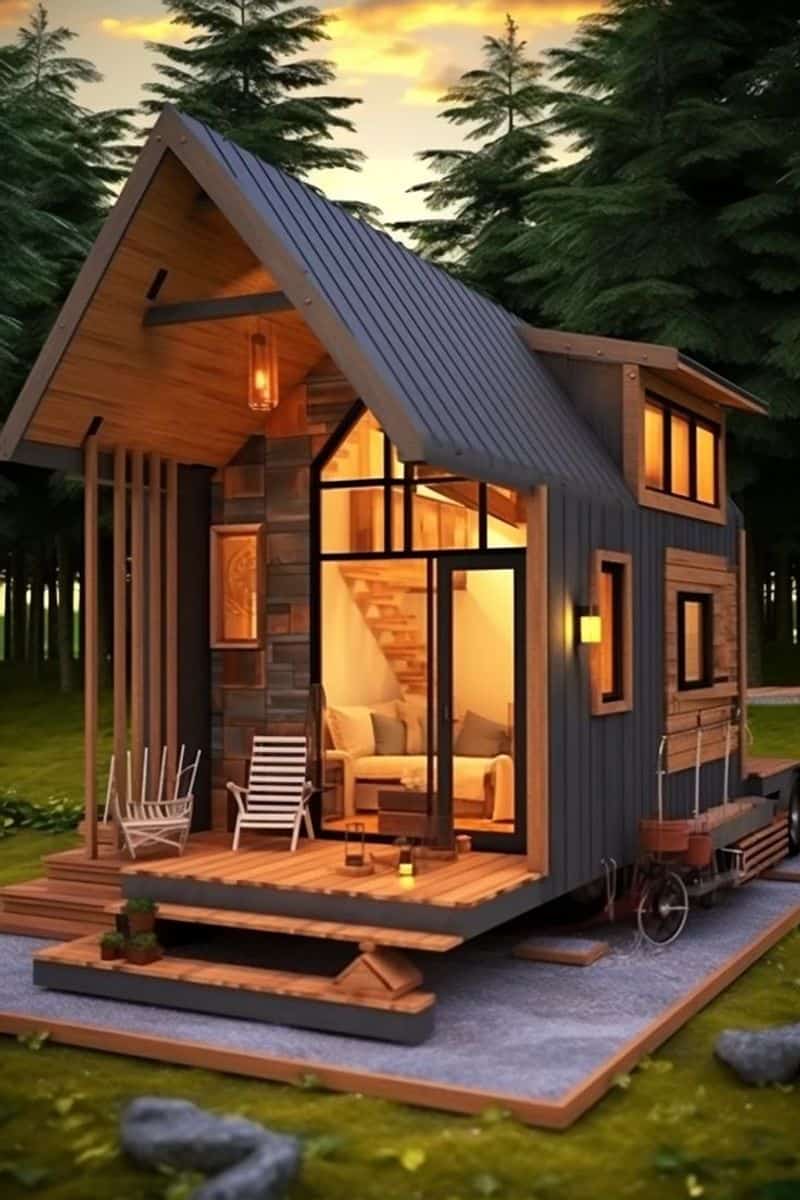
Living in a tiny house can sometimes lead to social stigma. Not everyone understands or appreciates the tiny house lifestyle.
You might face questions or judgments from those who view your living situation as unconventional. Explaining your choice requires confidence and sometimes a thick skin.
However, many tiny house owners find a supportive community of like-minded individuals. Embracing this lifestyle means being prepared for both curiosity and criticism.

